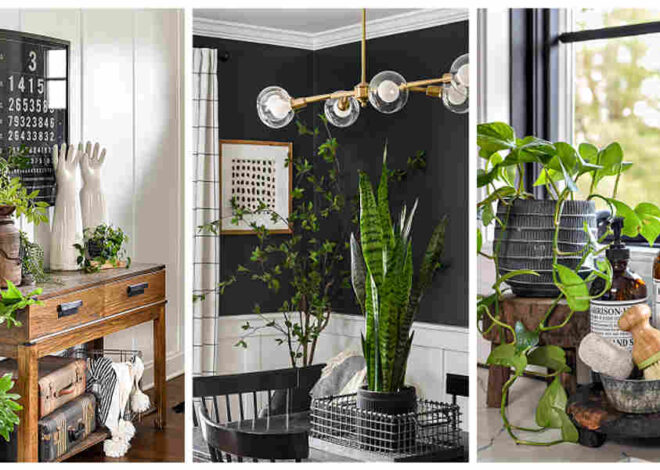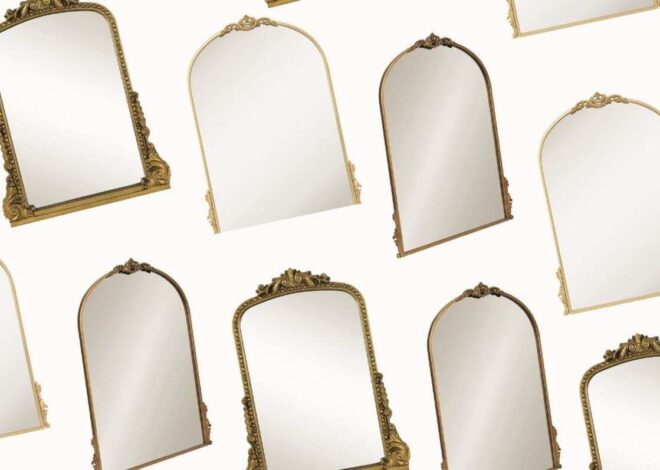
What Is Minimalism? A Guide to Simplifying Your Home and Life
Minimalism is a lifestyle and design philosophy that emphasizes living with less and intentionally curating belongings to focus on what’s most essential. At its core, minimalism is about simplifying your life and environment to reduce stress, increase happiness, and find more fulfillment.
In recent years, minimalism has grown increasingly popular as more people seek ways to declutter their homes, become more mindful consumers, and focus their energy on what matters most. Adopting a minimalist approach can lead to significant benefits in terms of improved well-being, productivity, sustainability, and overall life satisfaction.
This comprehensive guide will explore the origins of minimalism, explain its core principles, and provide practical tips for embracing minimalism in your home, wardrobe, mindset, and daily habits. Discover how simplifying your life can be deeply rewarding and transformative.
The Origins of Minimalism
Minimalism first emerged as an art movement in the 1960s with artists like Donald Judd, Dan Flavin, and Sol LeWitt creating abstract, geometric sculptures and installations using simple shapes, forms, and colors. The minimalist ethos soon spread to architecture, product design, literature, and music.
Philosophically, minimalism is connected to ancient Asian aesthetics and the Zen Buddhist emphasis on simplicity. Culturally, it reflects a desire to reject consumerism and focus on the essentials.
Key figures who have shaped the minimalist movement include designers like Dieter Rams and architects such as Ludwig Mies van der Rohe and John Pawson. Their work demonstrated the power of simplicity and functional, unadorned design.
Minimalist Living: Decluttering and Simplifying
Decluttering your home and intentionally reducing your possessions is a critical first step to minimalist living. Start by sorting through each area and room and asking yourself if each item brings value or joy to your life.
Be ruthless and donate, sell, or recycle anything that doesn’t. Useful strategies include the “packing party” method, where you pack up items as if moving, and only unpack what you need.
Decluttering helps create space, reduces cleaning and maintenance, and lifts a psychological burden. Living with less allows you to focus on what you truly care about.
You may also read (shein home decor)
Minimalist Home Design
Minimalist interior design utilizes clean lines, neutral colors, and functional multipurpose furniture to create calming, uncluttered spaces. Focus on simplicity, negative space, and purposeful elements.
For example, choose furniture based on utility rather than ornamentation. Incorporate greenery and large windows to connect with nature. Use storage wisely to keep clutter out of sight.
Creating such mindfully designed, intentional spaces helps promote relaxation and conscious living. A minimalist home environment feels serene and orderly.
Minimalist Wardrobe and Fashion
Adopting a minimalist, versatile wardrobe centred around a few high-quality multipurpose pieces simplifies getting dressed and reduces waste. Stick to a minimal color palette in neutral, earthy tones.
Capsule wardrobes containing only essential clothing items are ideal for minimalist dressing. Assess your lifestyle and only keep pieces you feel great wearing and get regular use from.
This approach also saves money long-term and is better for the environment by reducing textile waste from fast fashion.
Minimalist Mindset and Habits
Cultivating a minimalist mindset is just as important as simplifying your outer environment. Make conscious choices about how you spend your time and energy.
Limit digital distractions and social media use to focus on more meaningful activities. Practice mindfulness to appreciate the present moment. Decluttering your schedule allows you to focus on what matters.
By paring down possessions and obligations, you can reduce stress and increase productivity and overall well-being.
Minimalism and Sustainability
Minimalism and sustainable living are closely intertwined. Consuming and wasting less benefits the environment. Minimalists aim to be mindful consumers by purchasing only what they need and choosing products designed to last [[11]].
Repurposing, recycling, and sharing items also reduces waste. In essence, minimalists try to live efficiently and ethically, recognizing how their actions impact the planet.
Incorporating Minimalism into Your Life
Transitioning to minimalism takes time. Start by identifying your personal goals and motivations, whether that’s reducing stress, saving money or helping the environment [[12]].
Begin decluttering your home one room or even drawer at a time. Assess your daily habits and try eliminating non-essential activities. Adopt more mindful, intentional practices.
Minimalism looks different for everyone. Discover an approach that improves your well-being and helps you focus on what matters most. The simple act of owning less can be truly liberating.
Conclusion
At its core, minimalism is about intentionally living with less to improve happiness and fulfillment. It provides a path to reducing stress, increasing mindfulness, and focusing on what’s essential.
By decluttering your home, wardrobe, schedule, and habits, you create space for what truly matters. Adopting a minimalist lifestyle can profoundly simplify and enrich your life.
Start small and find ways to embrace simplicity. Discover firsthand how minimizing possessions and obligations allows you to maximize life.
You may also read (home bargains party decorations)


